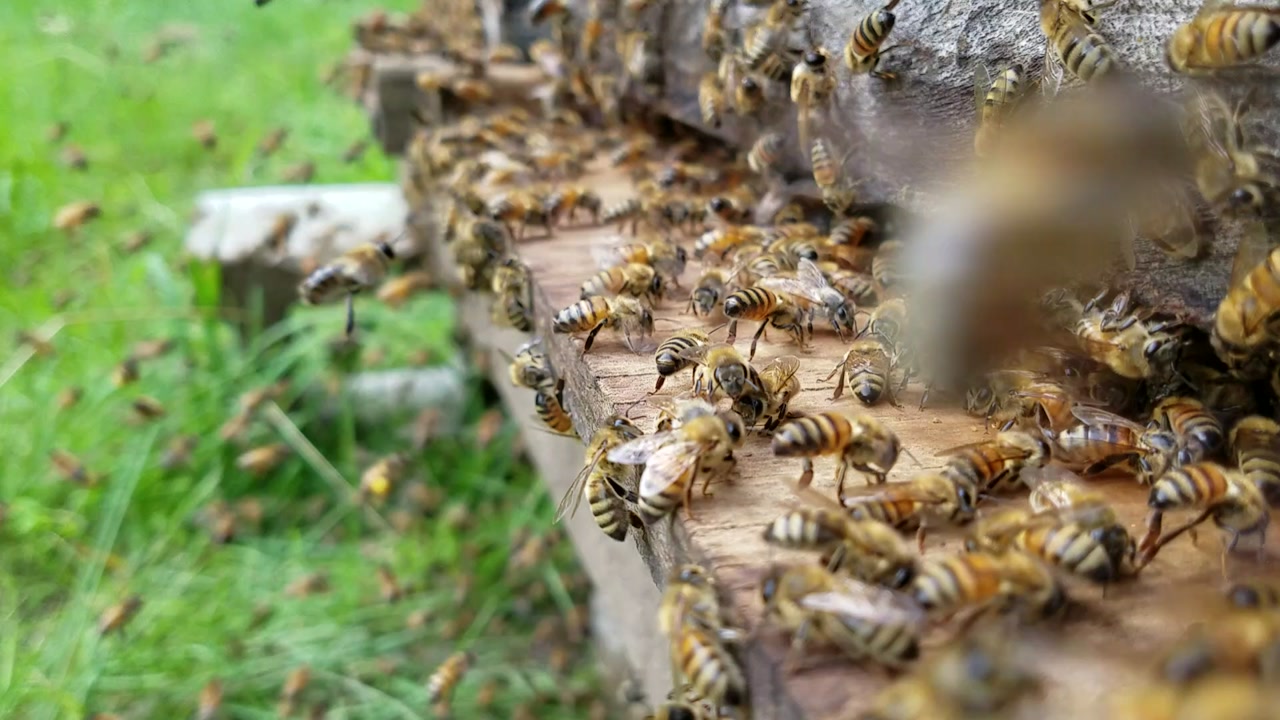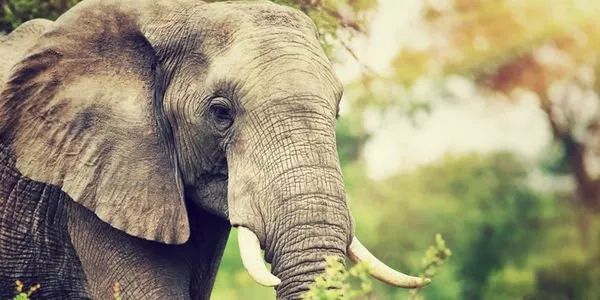Smart devices are helping to stop illegal poaching, save bees, and more. While some people think that the Internet of Things has no real “killer appâ€, many of the cases we hear now involve predictive maintenance, manufacturing, smart home and smart city solutions. As we all know, the Internet of Things will have a huge impact on the environment. Smart home devices help us save energy, water and resources; using the Internet of Things to improve manufacturing efficiency helps optimize energy use; water and air monitoring systems can generate large amounts of data to inform our environment that affects our health. However, IoT technology is also being applied to protect the environment and all aspects of climate change, such as conservation of biodiversity, prevention of deforestation and poaching, and data collection.

I. Using real-time data to stop deforestation Deforestation accounts for 15% of global carbon emissions. The Rainforest Connection charity is running some IoT projects to prevent further forest destruction by preventing illegal logging. They used the old phone to make some sensors and then installed them on the tree, allowing the team to monitor and detect illegal logging and poaching from a distance. The sensor monitors the sounds associated with illegal logging, such as the chainsaw or the sound of a large vehicle entering an unauthorized area, so the authorities can block illegal logging in real time. These sensors are capable of collecting large amounts of data, especially when used in many units, which can be shared and used to provide an important reference for enhancing the protection of rainforests in certain areas.
Second, the bee network Another interesting way to protect the ecosystem of the Internet of Things is to track the bee colony and monitor the condition of the hive. Bees are critical to maintaining biodiversity, and the recent decline in the number of bees has had a serious impact on agriculture.

Bee uses the Internet of Things to provide an interesting solution to this problem. By installing battery-powered sensors in the hives, beekeepers can monitor their internal conditions and understand the health of the bee colony. They wrote on the website: "When the bee is very healthy, the worker bees will stabilize the hive temperature to facilitate hatching. When the temperature of the hive falls, it may be a sign that the worker bee will eliminate the bee." The sensor in the beehive collects temperature and other information, and The data is sent to the cloud through the network, and the post-horse reduction is analyzed based on the temperature mode algorithm in the cloud. If an abnormality occurs, the system will automatically remind the beekeeper. In Australia, research led by CSIRO aims to increase bee pollination and increase farm productivity, and in order to get help, they have equipped thousands of bees with tiny sensors. Radio frequency identification sensors work like vehicle electronic tags and record when a bee passes a specific checkpoint. These data allow farmers and researchers to identify factors that affect bee behavior and address these issues before the number of colonies and crop pollination declines further.
Third, the use of smart sensors and network cameras to anti-poaching The Rainforest Connection nonprofit organization uses the same techniques mentioned above to collect sounds related to illegal poaching, monitoring traps, guns and vehicles/sports in important wildlife sanctuaries the sound of.

In a wide range of difficult-to-monitor natural areas, wildlife conservation organizations have installed motion-sensing cameras that successfully identify rare species and discover the prevalence of illegal hunting and poaching. The RAPID (Real Time Anti-Poaching Intelligence Device) project equips African rhinos with three networked devices: camera, heart rate monitor and GPS tracker. The combination of these devices means that wildlife protectionists can receive alerts, track animal tracks, and obtain video information from poachers when animals are in distress. All of these strategies help conservationists fight illegal poaching, which is critical to biodiversity and natural ecosystem stability. We are familiar with the application of the Internet of Things in improving energy efficiency, but little is known about the application of the Internet of Things to prevent poaching, deforestation and biodiversity loss. It is safe to say that the Internet of Things will benefit more in the way. Environment – ​​from energy conservation to wildlife conservation.
Our company provied many kinds of garden speaker,which has the characteristics of exquisite and lively shape, excellent sound playback effect, etc.The glass reinforced plastic simulation technology carefully designed and made, durable, realistic appearance, can be a genuine effect.It is suitable for use in outdoor environments to play excellent background music and voice playback functions.
Garden Speakers,Outdoor Speakers,landscape speakers,Rock Speakers,lawn speaker
Taixing Minsheng Electronic Co.,Ltd. , https://www.ms-speakers.com